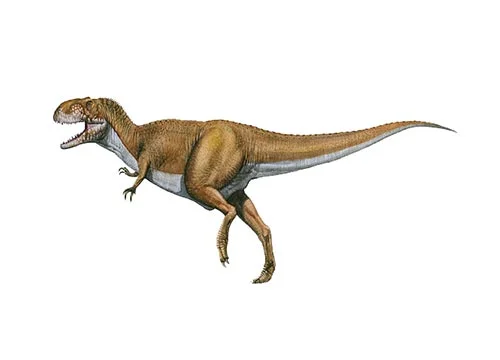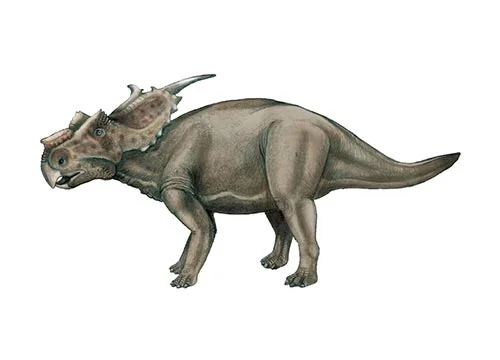Saurornithoides (Bird like lizard)

Sore-orn-ih-thoy-deez
Henry Fairfield Osborn – 1924
Carnivore
Estimated 2 meters long
Small Theropod
S. mongoliensis (type)
Mongolia – Djadochta Formation
Late Cretaceous, 70 million years ago
Saurornithoides Facts
Saurornithoides, meaning “bird-like lizard,” is a genus of small theropod dinosaur that lived during the Late Cretaceous period, about 70 million years ago. Its fossils have been found in Mongolia, and it is known from several well-preserved specimens.
Saurornithoides was a bipedal dinosaur that measured up to 2 meters (6.5 feet) in length and weighed around 15-20 kilograms (33-44 pounds). It had a slender, bird-like build, with long legs and a lightweight, lightly-built body. It had a long, stiff tail that may have helped it maintain balance while running and turning.
Saurornithoides had a small, narrow head with a pointed snout and sharp teeth. It likely fed on small vertebrates such as lizards and mammals, and may have also eaten insects and other small invertebrates. Its sharp teeth suggest that it was a fast and agile predator.
Saurornithoides is particularly interesting because it is one of the most bird-like theropods known to science. Its lightweight build, long legs, and pointed snout are characteristic features of theropod dinosaurs that are closely related to birds. Its fossils have helped scientists understand the evolutionary relationship between birds and dinosaurs, and have shed light on the origins of flight in birds.
Overall, Saurornithoides is an important and fascinating dinosaur that has contributed to our understanding of the evolutionary history of birds and the ecology of small theropod dinosaurs during the Late Cretaceous period.



